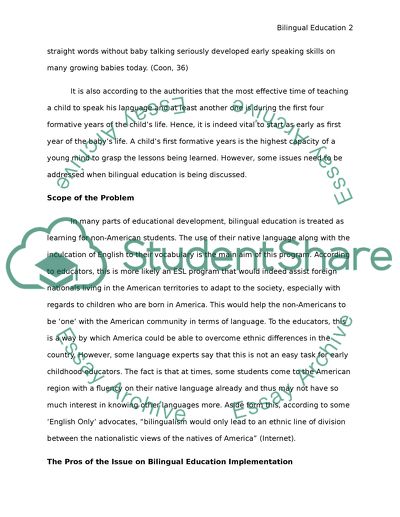Cite this document
(“The Introduction Of Billingual Education In Educational Institutions Essay”, n.d.)
The Introduction Of Billingual Education In Educational Institutions Essay. Retrieved from https://studentshare.org/education/1502506-bilingual-education-essay
The Introduction Of Billingual Education In Educational Institutions Essay. Retrieved from https://studentshare.org/education/1502506-bilingual-education-essay
(The Introduction Of Billingual Education In Educational Institutions Essay)
The Introduction Of Billingual Education In Educational Institutions Essay. https://studentshare.org/education/1502506-bilingual-education-essay.
The Introduction Of Billingual Education In Educational Institutions Essay. https://studentshare.org/education/1502506-bilingual-education-essay.
“The Introduction Of Billingual Education In Educational Institutions Essay”, n.d. https://studentshare.org/education/1502506-bilingual-education-essay.


